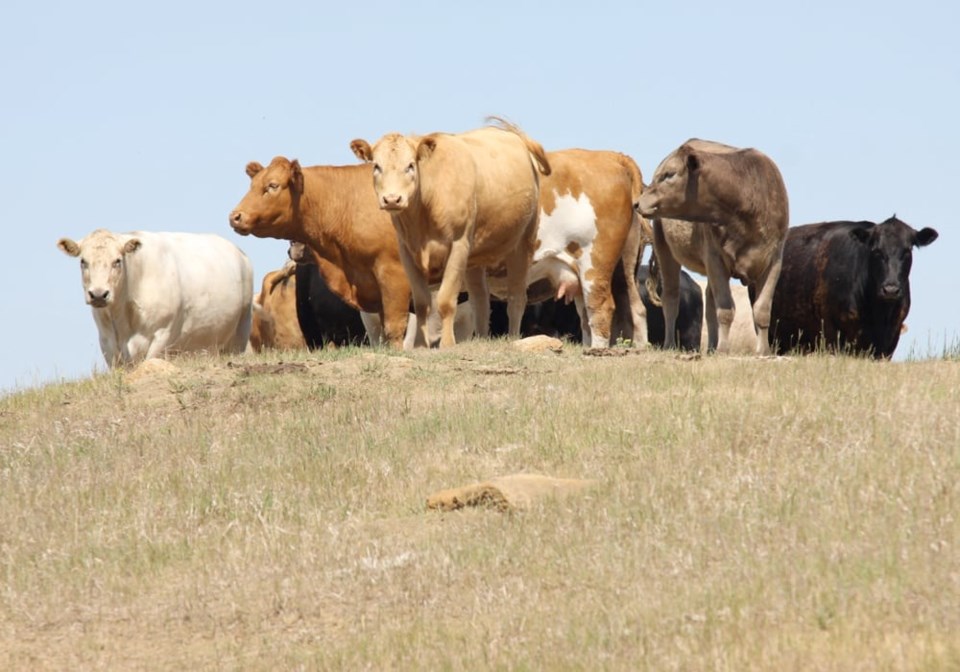Saskatchewan and Alberta are expanding and extending supports to farmers hit hard by last summer’s drought and ongoing dry conditions.
In Saskatchewan, the federal and provincial governments have expanded the Canada-Saskatchewan Feed Program available to the province’s livestock producers.
Ten rural municipalities have been added to the area eligible for the initial $150 per head payment, and the application deadline has been extended to March 15.
“We recognize the areas significantly impacted by drought this past fall and the importance in maximizing access to financial relief for livestock producers by expanding the area eligibility,” said Saskatchewan agriculture minister David Marit.
The RMs added to the list include Britannia, Rosthern, Bayne, Lumsden, Sherwood, Bratt’s Lake, Edenwold, Lajord, South Qu’Appelle and North Qu’Appelle.
Applications must include the number of breeding animals in the herd as of Aug. 21, 2023, and kept until Jan. 31, 2024.
Receipts must be submitted to indicate extraordinary expenses including purchased feed, self-hauling or transport costs of feed, and/or land rented for additional grazing or feed production.
Cattle, bison, elk, deer, sheep, goats and horses are all eligible to receive 70 percent of extraordinary costs incurred after May 1, 2023, to the new deadline.
Alberta announced the expansion of assistance to producers in that province last week.
The federal and provincial governments have announced that applications are opening up for an additional 23 municipalities.
In addition to the expansion of eligible regions, the deadline for applying for funds under the Canada-Alberta Drought Livestock Assistance program has been extended to Feb. 22.
The additional municipalities are primarily surrounding Edmonton and include Two Hills, Wetaskwin, Woodlands and Athabasca counties. Additionally, Grande Prairie County as well as Big Horn and Clearwater counties and the Banff region have been added to the eligibility map.
Rancher qualifications remain the same for the program, namely the requirement that livestock producers must have had to alter their usual grazing practises for more than 21 days between last year and March 31, 2024.
Eligible producers can receive up to $150 per head to cover losses incurred to manage female breeding animals across the livestock spectrum from cattle to llamas.
Another eligibility requirement is that a minimum of 15 animals must have been affected by drought.
The Agriculture Fiunancial Services Corp. will continue to administer the program in Alberta.
The most recent soil moisture reports point to persistent dry conditions across Western Canada, thanks in part to a strong El Niño weather event.
"Above average snow fall is very much needed now," Alberta's most recent moisture situation updated reported on Jan. 3. "Much of the land is extremely dry and has been held tenaciously in the grip of a long-lasting dry cycle that needs to end soon!"
Similar conditions exist in B.C., where the snowpack is well below normal in most regions and the Peace entered the winter at the most severe Level 5 drought for the second winter in a row.



